10 Dads Who Carry Their Families With Quiet Kindness

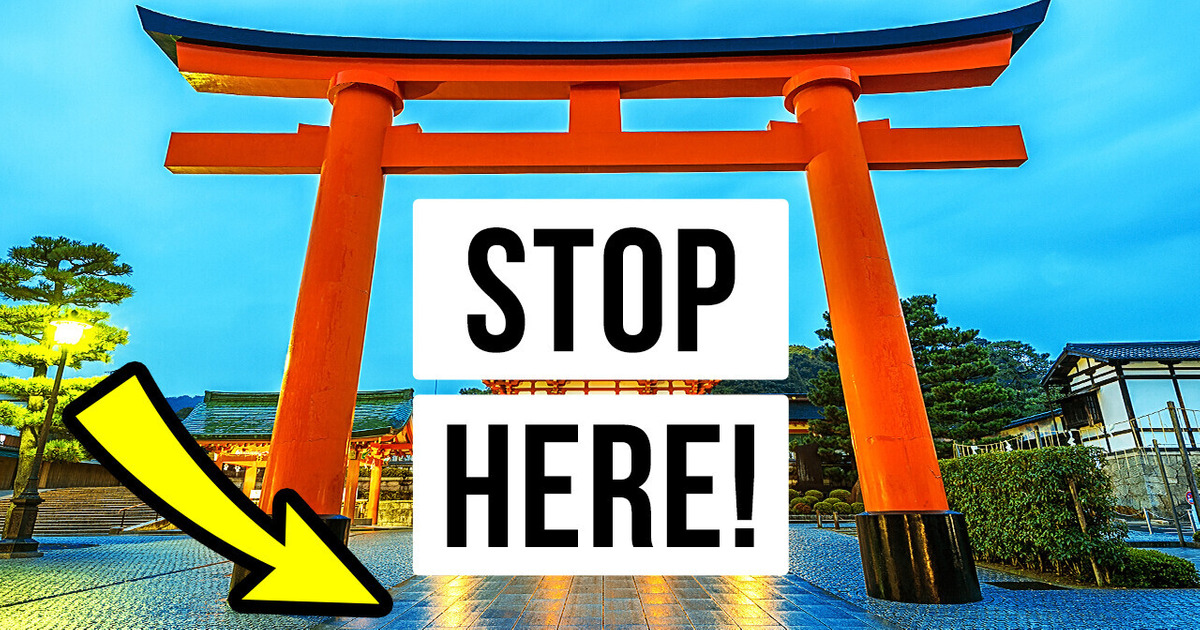
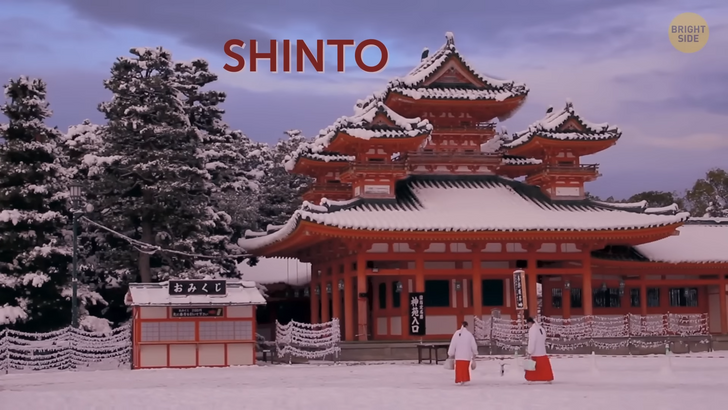
Shinto shrines are places of worship, where people come to pay their respects and ask for good fortune for themselves. There are over 100,000 shrines in all of Japan, and each one of them stands out. Let me take you on a tour. Watch out for a large gate called Torii: it indicates that you’re entering a sacred ground. On the sides of the entrance, you can notice dog- or lion-like statues, protecting the shrine and warding off evil spirits. Before walking in, you need to bow to pay your respect.
Now let’s go inside. Make sure not to walk right through the middle of the gate — it’s a part of the spirits that are being worshiped. Every other visitor should lean to the side of the gate. First thing there, you need to clean yourself. Right next to the entrance, there is a fountain — you should wash your hands and mouth with the water before going further.
There are many natural elements inside the shrine — rocks, flowers, and trees since a shrine is a tribute to nature. But look, there’s also something unusual — around a large tree, there’s a rope with zigzag folded papers. This rope is called a “shimenawa”, and it marks the boundary to something sacred. It’s not just trees you can find a Shimenawa on, but also other sacred objects like, for example, sacred stones, or on torii gates.
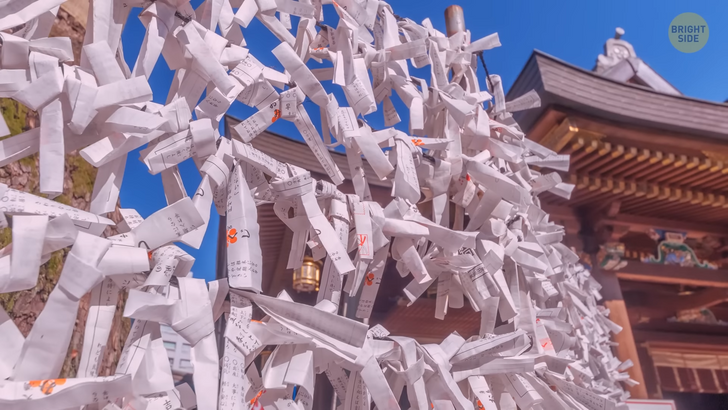
These pieces of paper right here are called “Omikuji”. They contain randomly drawn predictions, some with good luck, and some with bad luck. But bad luck doesn’t mean your life is over, it means you should focus on what you can do to make it better. You can also learn from what’s written inside Omikuji and move on.
If you don’t want to bring bad luck Omikuji back home, you should tie the paper around a designated tree’s branch to leave that bad fortune behind. You can even “collect” your visits to different shrines. Each one of them has a unique stamp, and, for a small fee, each visitor can get a stamp with beautiful Japanese calligraphy in their book of stamps.
As you walk out of the shrine, don’t forget to nod one more time and lean to the side on your way out. These are some common rules and elements, but, of course, shrines vary, depending on who or what they enshrine. Some of them enshrine emperors and their families, others — poets and significant historical figures, both once living and not. Some shrines are big and famous, but there are also many small shrines that you can find along roadsides.
For example, the Udo shrine is dedicated to Japan’s mythical first Emperor, Jinmu. Why mythical? Well, because there’s no real evidence of his actual existence, and there are many legends about him. The legend that connects Emperor Jinmu to this shrine tells that the cave where the shine is located nourished him. So, the shrine is a good place to visit for newlyweds.
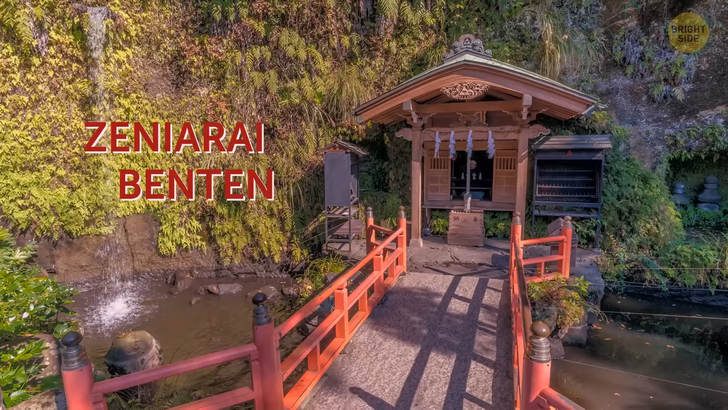
Zeniara Benten shrine is for those who want to attract money. It’s believed that the amount of money you wash in the shrine’s spring will double. There’s also a cute Yanagimori shrine that is dedicated to a widely loved raccoon called Otanuki-sama. He has shape-shifting abilities and is a symbol of good luck, and all around the shrine, you can find cute statues of him.
I could go on about shrines for a long time, but what else comes to mind when we think about Japan? Those gorgeous Japanese gardens. Turns out, the gardens are a Chinese influence that was brought to Japan by an inspired Japanese traveler in the 7th century. Unfortunately, none of the first gardens exist today. A boost to gardens was given a couple of centuries after that with tea ceremonies.
Tea ceremonies are an important aspect of Japanese culture today, but they were brought there from China by a Japanese Monk. A tea ceremony is a ritual of preparation and representation of matcha, a powdered green tea. With the boost in the popularity of tea ceremonies, some gardens were designed specifically for the ritual. So, the gardens got tea ceremony pavilions, with all those beautiful stepping stones and lanterns.
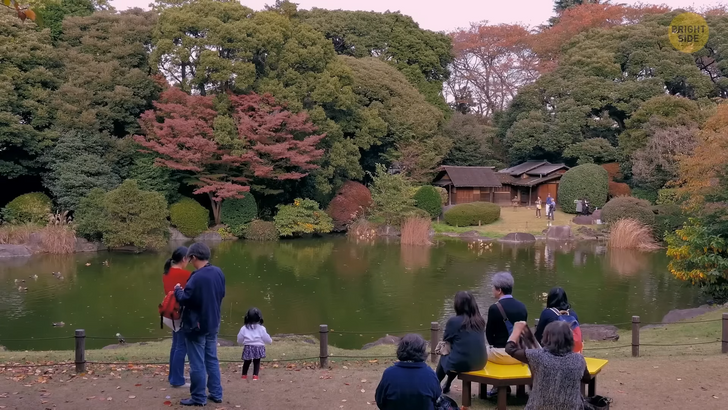
A later modification of gardens are “strolling” gardens that were intended for walks and events of Japanese aristocracy. Wealthy people started to express themselves through their gardens, taking pride in them and displaying their success beyond their houses. All these things sparked the love and admiration for gardens, so no wonder they are of such high standard today. Japanese gardens still avoid anything artificial and are designed to express the beauty of nature.
Maintenance of the gardens is taken seriously: there are various people taking care of it, and there are specific professions for it — for example, there are “river-washes”, who are responsible for sweeping all gardens’ waters. If you walk along several Japanese gardens, you can see that there are several key elements you can find in most of them: rocks, ponds, running water, bridges, and so on.
All of those elements have a meaning, and they are all carefully placed where they are more likely to bring good fortune. There is even a Japanese manual with the rules for the placement of water. For example, the water should enter the garden from the east and flow out towards the west. This way, the flowing water will carry away all evil, and the owner of the garden will live a healthy and prosperous life.
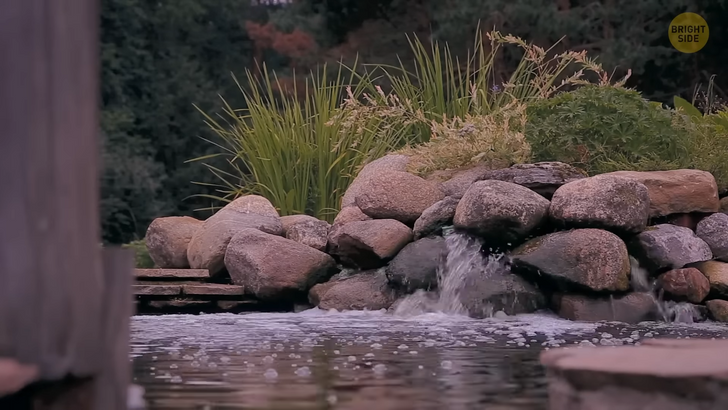
The central element of most Japanese gardens is a pond, and it represents lakes or seas, both real and mythical. There are many small waterfalls and cascades, and they should face the moon and be designed so that the moon’s reflection is captured in the water. Bridges represent immortality, they are made of stone or wood, and they cross streams but also connect islands, another common feature that represents, well, real islands.
Still, the islands vary in size and are filled with symbolism: for example, many are designed to resemble cranes and turtles, which are symbols of health and longevity. Rocks have been playing an important role in Japanese culture since ancient times. Remember that some stones are worshiped in shrines? In gardens, stones symbolize hills and mountains.
The rocks are usually arranged in compositions of two, three, five, or seven. The three-rock composition is more common, and they represent heaven, earth, and humanity. Big rocks are used to build bridges and pathways; small one’s line streams and ponds. There are even so-called “dry gardens” that are made of stones entirely. The biggest stones symbolize islands and mountains; sand and gravel symbolize water.
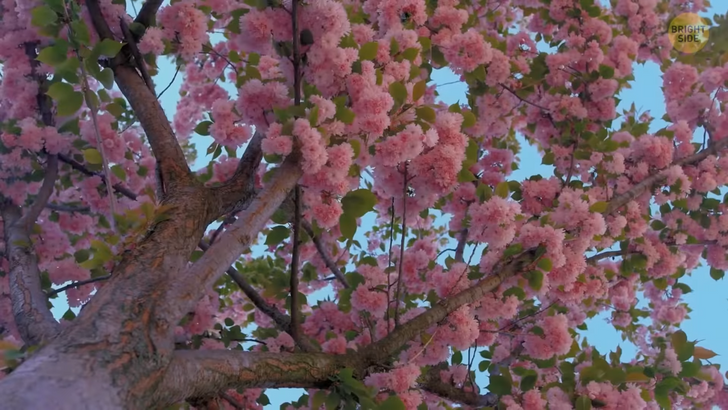
There is of course no green garden without trees, flowers, and other vegetation. They are very thoughtfully arranged to imitate nature and highlight the best characteristic of every plant and let it thrive. Paths have been an important part of a garden ever since aristocracy started to stroll through them. Gladly, today anyone can afford to have a walk there once in a while.
The paths are circular, allowing you to see all the beauty. As you stroll through the garden, you can notice water basins — you are probably already a bit familiar with them — they are there for ritual cleansing, and are especially important to use before tea ceremonies. Lanterns are often paired with water basins.
Notice that they aren’t made of metal — as you remember, Japanese gardens use natural materials, and so the lanterns are made of stone. They come in all shapes and sizes and are placed in carefully chosen locations to provide the most aesthetic, like on islands and next to significant buildings. There are of course many buildings in the garden from where you can observe it. After all, the gardens are built to please the eye in the first place, and they must be enjoyed from within.











